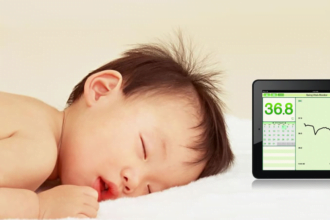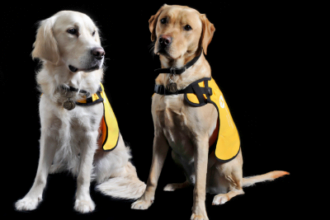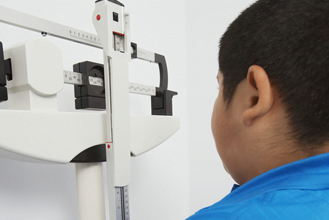A lot of people who need extra healthcare help also want to keep their independence, or at least stay in their home. Every day, more people need help, especially as the Baby Boomer generation reaches the age of retirement. Now, healthcare workers are traveling to clients’ homes to do their jobs, rather than working in a facility or hospital. It’s important to keep these home healthcare workers safe.
Since these healthcare workers aren’t working on closed premises, there are multiple chances for harm to occur in one form or another. There’s a possibility of workers getting injured or having hackers infiltrate their devices when they travel so often. Here are a few problems to watch out for and how to remain safe.
Household Injuries
Accidents often occur in the home, but being in someone else’s unfamiliar home might make the environment more dangerous. Keep an eye on the floors and watch out for slick, uneven tiles or wrinkled, curling vinyl or carpets. Be aware of handrails or the lack thereof, clutter on the floors, open drawers, and electrical cords. If the client allows, always keep your shoes on while indoors.
When outside the home, keep an eye out for slippery sidewalks or ramps, especially if water, ice, snow, leaves or moss are covering the surface. Keep your vehicle away from uneven or damaged driveways if you can. Poor lighting can also be a problem, so having a small flashlight will help. Again, be aware of clutter or debris on walkways.
Repositioning Clients
While there is training to prevent injury while moving or transferring clients, sometimes accidents still happen. According to the United States Department of Labor, healthcare workers usually experience strains, sprains and other musculoskeletal injuries from lifting or moving patients. If you have access to equipment or devices for moving clients, try to use those as much as possible.
If you have to lift a client by yourself manually, always lift with your head up. Tell the client your intentions and try not to have them hold you. Get close, gain a good hold and use the staggered stance to avoid twisting. Bend with your knees and avoid sudden movements like jerking motions. Make sure the client stays calm and aware of your intentions during the process. Communication will be crucial.
Animals And Pets
If a client has a pet, be sure to remain calm. Don’t run from or approach the animal quickly, and don’t touch the pet without permission from the client. Some pets are immediately friendly, while others may be volatile, so never make assumptions. Warning signs from the animal to watch out for include a stiff body, tucked tail, shivering or raised hackles.
From the pet’s perspective, you are the intruder on their territory, so always try to be respectful toward the animal. If you feel unsafe around the pet or they are distracting you too much from your job, you can ask the client if you or they can remove the animal from the room.
Violence and Abuse
The client or family members may feel stressed from the situation, the client’s medication could cause cognitive limitations — or perhaps there was always an abusive problem in the home. No matter the reason, you have to keep yourself safe in any environment. Try to assess people’s moods as soon as you enter their home.
If the situation does become stressful, remain calm and face the person with your elbows at your side and arms out. Carefully watch for signs the person will lash out and don’t argue or raise your voice. Reassure them you will deal with their concerns, and tell them to take their complaint to your supervisor. Be sure to talk to your supervisor as soon as possible.
Cybersecurity
With nearly all information connected to electronic devices, there are valid concerns for cyber-attacks, especially with healthcare workers traveling so much. There should be policies and procedures for using the apps and devices, as well as log books for how often the devices get used and where.
Keeping devices up to date and always using secure Wi-Fi also helps with security. Don’t download third-party apps to devices, and make sure no one else does by whitelisting already-approved apps. Regular training on how to handle new technology can also be a huge help, just in case an employee damages something by accident.
Keep Yourself Safe
Despite whatever situation is going on, your safety is your top priority. If someone else is in danger, you can’t help them unless you are safe. If your job is on the line, your safety matters much more. Always look out for yourself and use common sense while on the job. Even driving to and from various work locations can be very hazardous, so remain aware of potential danger so you can be free to do the job you’re there to provide.









